Waving not drowning
It’s been a miserable wet winter in Fife … but the days are now noticeably longer (and drier), though I’m still usually driving to and from the office with headlights and wipers on. However, finally there are signs that spring is on the way. I heard my first skylark yesterday and there are drifts of snowdrops in the hedgerows …
Having moved here last summer with the expectation that the east coast would be dry but cold (remember, these things are all relative) the winter has delivered almost the complete opposite. It’s been spectacularly damp. Not only here in Fife of course. Most of the northern half of the UK has enjoyed some terrible weather, with significant levels of flooding in major cities like York. For the last three months the rain has been ~200% of the 30 year average:
- November rainfall
- December rainfall
- January rainfall
The graphs above (from the excellent Met Office website) are the rainfall anomaly from the 1981-2010 average, with the darkest blue indicating at least 200% of the average. In contrast, the temperature has been at or above the average, with December being very much warmer (more than 2.5°C above the average, which is 2-4°C).
- November temperature
- December temperature
- January temperature
It’s not clear to me whether warm and wet winters benefit either bees or beekeepers. In inclement weather the bees can’t get out to forage – not that there’s much for them to forage on – and the warm temperatures prevent them from clustering tightly. They probably get through their stores more quickly and may continue to raise brood – inevitably this makes midwinter Varroa treatments by trickling or sublimation less effective. On the other hand, there are probably fewer losses of weaker colonies through isolation starvation when it’s too cold for them to move across the frames to the sealed stores.
However, my preference would always be for short and cold winters. It might sound heartless but I’d prefer weak colonies didn’t survive the winter as they are usually slow starting in the spring and remain unproductive – if they survive at all – through the year. Far better is to realistically assess all colonies in the autumn and unite weak ones with strong ones, boosting the latter and increasing their chances of overwintering successfully. There is no point in uniting weak colonies with other weak colonies, unless you’re stuffing three into one (and the ‘one’ is a strong colony). It shouldn’t be necessary to say it – but I will anyway – if a colony is weak because of overt disease it should not be used to ‘boost’ a strong colony … it’ll do nothing of the sort.
Colonies that went into the winter apparently strong, but dwindle rapidly and get significantly weaker may well have dangerously high levels of pathogenic viruses such as deformed wing virus. This might occur if Varroa control was left too late in the season.
Anyway, enough discussing stuff that should have been sorted out months ago … the weather is belatedly showing signs of winter, with temperatures below freezing for several nights in a row, a bit of snow here and there, interspersed with some cold, clear days. I’ve not seen a bee venturing out on a cleansing flight for days and the colonies visible under the perspex crownboards are tightly clustered. Nevertheless, there are some very obvious signs of spring, with daffodils, snowdrops and celandines flowering, the leaves unfurling on the hawthorn bushes and the willow buds just about breaking.
- Hawthorn
- Celandines
- Drifts of snowdrops
I realise that this is mostly another ‘not beekeeping‘ post, but I thought something slightly easier than the graphs and chemistry of Varroa treatments might be welcome. With the season proper fast approaching, now is the time to make plans and to ensure everything is ready for those early season hive inspections.
The title of this post is a play on the title of a poem by Stevie Smith, Not waving but drowning, in which she describes the thrashing of a drowning man being mistaken for waving. It might not have been wet enough this winter to drown, but it sometimes felt like it …
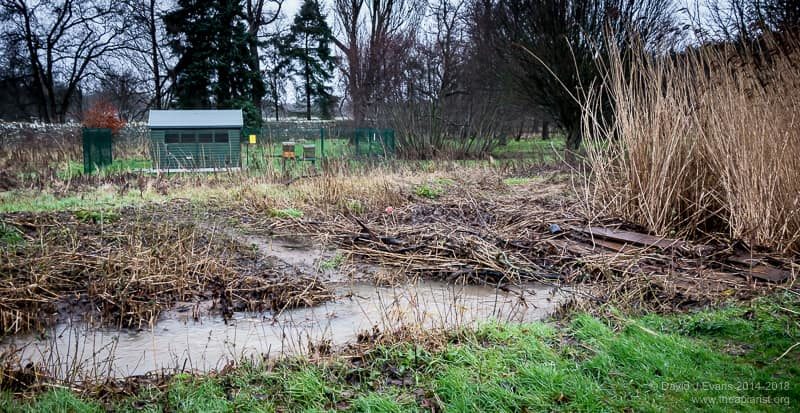
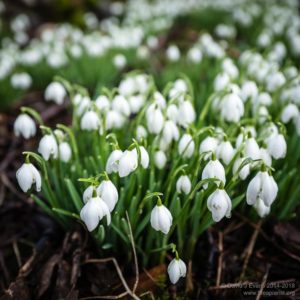
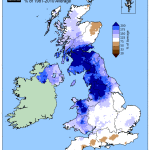
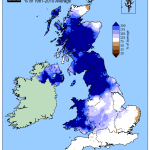

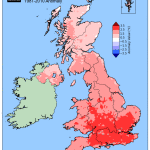
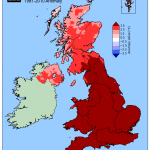
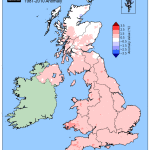
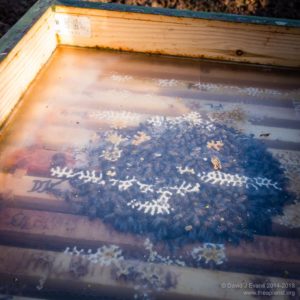
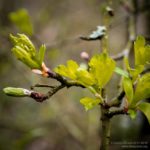
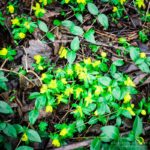
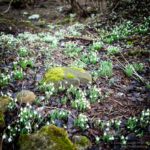
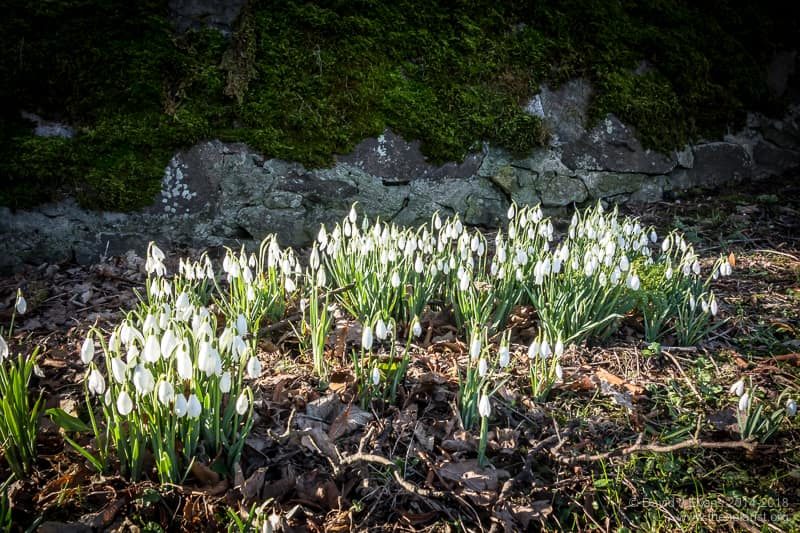
Join the discussion ...